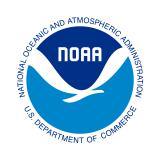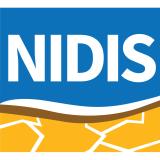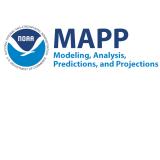Towards Predicting Drought and Subsequent Water Resource Challenges at Landscape-Resolving Scales Across the Western U.S.

In the face of anthropogenically-influenced shifts in water availability, the development of an integrated western U.S.-wide water supply modeling framework is urgently needed to evaluate the changing frequency and intensity of future water supply droughts. Traditionally, water managers focus on projecting water supply vulnerability through water supply / demand models developed for a specific region.. This makes integrated assessments of changing water supply conditions across broader regions at multiple scales not only difficult, but rare.
To understand community-scale water security risk, there is an immediate need for integrated future water supply projections derived from high-resolution, physically-based natural flow products.
This project will develop a water supply model with West-wide coverage to explore 21st-century changes in intensity, duration, and frequency of hydrologic (i.e, streamflow) and water supply (i.e., reservoirs, lakes, aquifers, and other human-built systems) drought. The study's overarching goal is to explain the changing characteristics of drought in terms of their intensity, duration, and frequency and access to water availability across the West in the 21st century and get this information to decision-makers so that residents, municipalities, and water agencies may protect life and property.
This project is part of the MAPP/NIDIS-supported Drought Task Force V.
Research Snapshot
Dr. Stefan Rahimi, University of California Los Angeles (UCLA)
Dr. Benjamin Bass and Dr. Alex Hall, UCLA
What to expect from this research
- Develop machine learning-downscaled (ML-downscaled) streamflow projections based on state-of-the-art high-resolution dynamical downscaling techniques.
- Develop empirically-derived water supply models to translate natural streamflow to stakeholder-relevant information (e.g., municipal water district systems, reservoir water storage).
- Examine the changing frequency, intensity, and duration of hydrologic drought and water supply drought using Standardized Streamflow and stakeholder-informed water supply indices.





